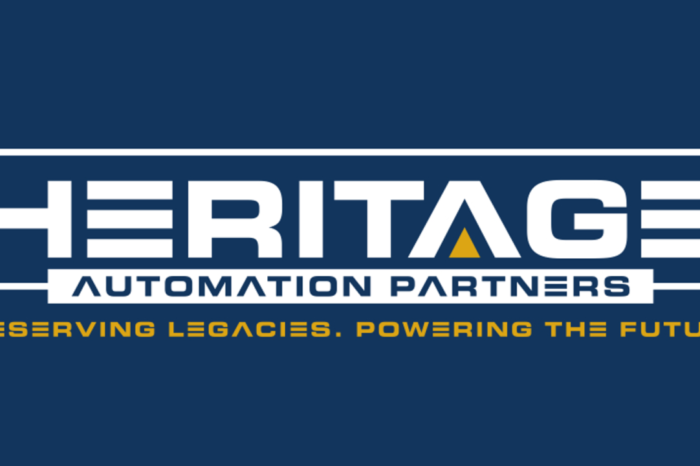Acquisitions – Pieces of a Puzzle …Border States and Womack
 Monday marked the day that Amazon closed on its Whole Foods acquisition and that Border States closed on its Kriz Davis acquisition. Both provided the acquirer strategic opportunities to increase their footprint and become pieces of a puzzle to become national.
Monday marked the day that Amazon closed on its Whole Foods acquisition and that Border States closed on its Kriz Davis acquisition. Both provided the acquirer strategic opportunities to increase their footprint and become pieces of a puzzle to become national.
As many recall, last month Border States announced it was going to acquire the $200M Kriz Davis business while Crescent Electric acquired the $100M Womack Electric. In both cases, these were instances of an alignment in businesses.
- The company was an ESOP … same as Border States
- Its primary markets were rural (18 locations) with many in Kansas, Nebraska, MIssouri
- Both are in AD and SupplyForce
- Contiguous to areas served so “filled in a hole”
- Both represent Square D
Similar with Crescent and Womack
- Both are IMARK and IM Supply
- Family owned businesses
- Smaller rural and suburbia locations
- Similar customer types with both more focused on small to mid sized contractor accounts and resi / light commercial
- Enables Crescent to expand eastward while avoiding major cities (where it has had some challenges) and get into the fast growing southeastern VA and eastern NC and SC markets
In the case of Womack, Crescent “says” that there will be no changes other than bringing resources to enhance Crescent and the model for “business as usual” will be what Crescent has done with Stoneway Supply. For Border States, given how quickly they moved to enhance Shealy when they acquired them, similar can be expected with Kriz Davis, however, with both being ESOPs and Border States having much experience with assimilating acquisitions, it’s doubtful that there will be any disruption.
And it is doubtful that Border States is close to being done as they’ve announced construction of a “Branch Operations Center” which is essentially a new headquarters. The interesting part is that they currently have 350 employees who will move into the facility but the facility is being planned to house 540 people. With a 50+% increase in the employee base planned, could this mean that the $2B+ ESOP company is already planning to increase it’s size to $3-4B? If so, expect more acquisitions to fill in the footprint and that they become the preferred acquirer for ESOPs or companies that consider becoming an ESOP.
In Crescent’s case, they seem to be deliberate acquirers. Slow, steady, selective seems to be their motto. Pick markets that have similar characteristics to the core business … it’s what they are comfortable with … which is a good formula.
And it’s interesting to note that a number of Border States’ acquisitions have been AD members whereas Crescent’s have been IMARK members. Helps for keeping the revenue in the group!
The morale … synergistic opportunities seem to be the commonality in these two deals. Perhaps they were the highest offers, perhaps not. Perhaps sellers sought strategic fits to support their staffs and capture the resources to help the company prosper. In either case, both deals appear to be “hand in glove” fits.
It also begs some questions:
- How does continued growth of regional companies into national players change marketing group dynamics with a “big player” representing an outsized % of the group revenues?
- Are more “national players” good for the industry?
- As a company considering a sale, does it become that big companies are only interested in large acquisitions?
- There’s always talk of private equity seeking acquisitions but, has their time passed in the electrical space? With mostly smaller companies left, is a roll-up feasible or is the market coming more to large vs small?
- If it is large vs small, as a manufacturer, how does your strategy change to serve each differently / profitably?
- IMARK’s acquisition / merger with EDN a few years ago changed a number of dynamics within the group with the advent of many small distributors. When larger members sell (even to Crescent or Mayer, the two largest in the group), how does the membership dynamic change? Do manufacturers have to segment their view of IMARK to small distributors vs large distributors? Or Mayer / Crescent and then all other (especially since many have national account people devoted to Mayer and/or Crescent?
- Or, do manufacturers look at these large companies and pay homage to corporate and still feel that, from a sales perspective (and sometimes line support perspective), there is no standardization and they still need to win the branch / area?
Just some food for thought.
And we’ve heard a couple of more that are “in play” that could play out similarly and further the dynamic.























